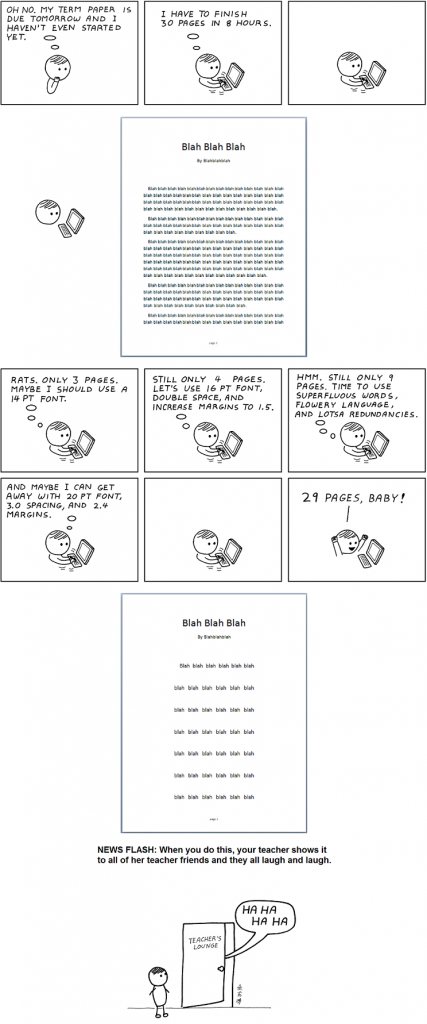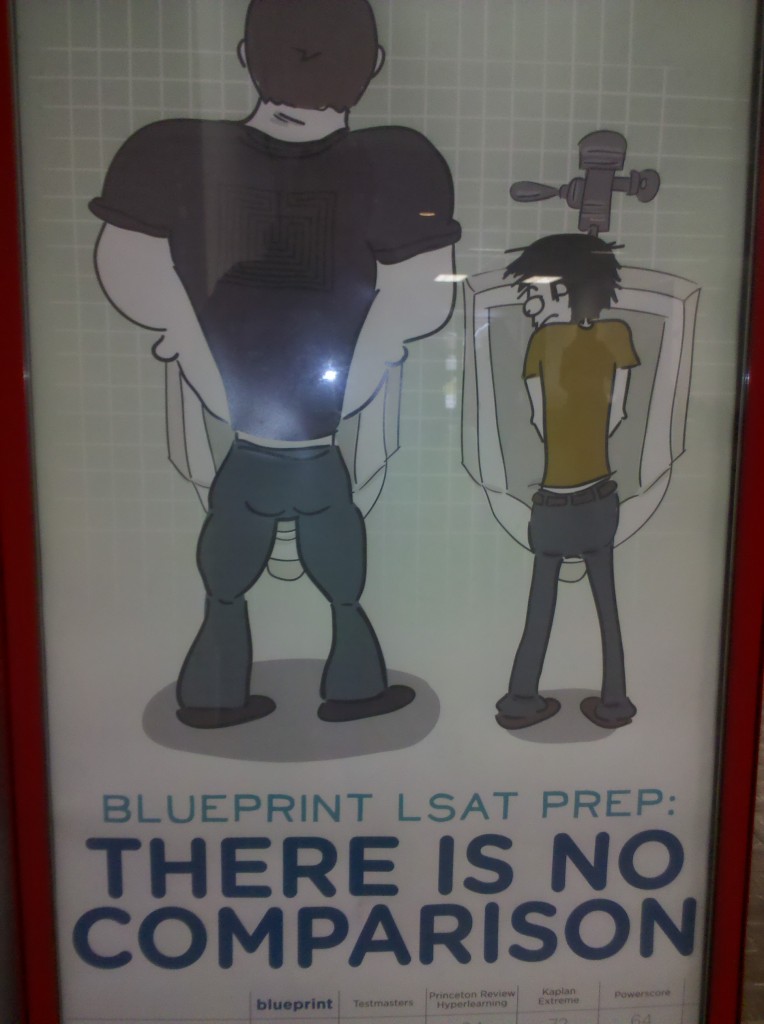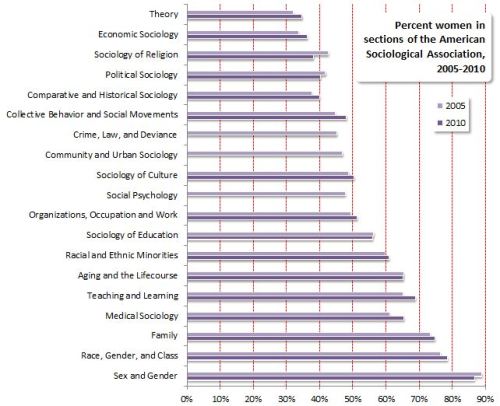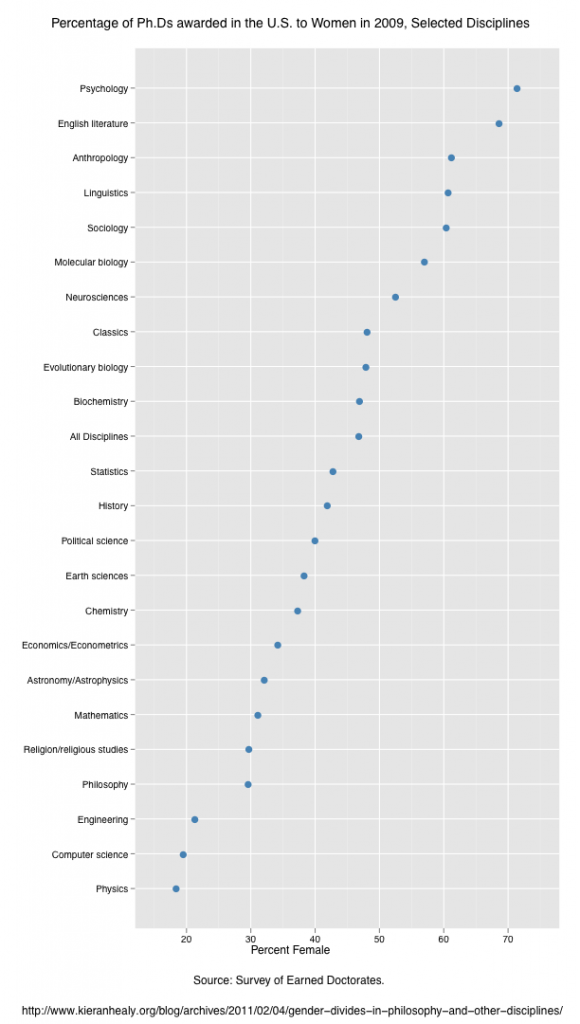Cheerleading started in the United States in the late 19th century as a male activity whose purpose was to organize crowds cheering at football games. In 1923, women joined cheerleading squads and have increasingly dominated this sport. Cheerleading traditionally features chanting, gymnastics, and tumbling. The dominant image of cheerleaders is a perky, always smiling, female who fits a particular body mold.
However, in the late 1970s, a new style of cheerleading emerged in North Carolina and Virginia. This African American originated style of cheerleading is called “Stomp n Shake”. Stomp n Shake cheerleaders have the same goals as “traditional cheerleaders” — to motivate their sports team and raise the enthusiasm of fans. However, Stomp n Shake uses African American dance/stepping aesthetics and African American bragging and insult traditions (dozens/snapping) to “pump up” their audience. Some Stomp n Shake squads include tumbling and stunts in their repertoire, while other squads don’t. Mostly women, Stomp n Shake cheerleaders rarely smile. Instead their goal is to look serious and intimidating when they are chanting their cheers and performing their cheer routines. As the name implies, hip and butt shaking are common features of Stomp n Shake routines, something usually disallowed in most mainstream competitive cheerleading.
Virginia State University Woo Woos (Work It…):
Howard University Bison Cheerleaders:
Prince Edward County High School, SASSY (We Shake The Best):
It’s also interesting to note that Stomp n Shake cheerleading squads appears to be more accepting of cheerleaders who don’t fit the relatively slender body build of mainstream cheerleaders. Comment threads for YouTube videos of usually include comments that certain squad members are overweight and therefore should not be cheerleaders. Usual responses to those comments are that a “thick”(big boned) body frame is common for many Black females, and, besides, a cheerleader’s weight has nothing to do with her cheerleading skills.
Stomp n Shake is changing the way cheerleading is performed in the United States and elsewhere, often to the dismay of many cheerleading coaches, cheerleaders, and fans who very much prefer that cheerleading remain the way it is. However, the influence of such movies as the Bring It On cheerleader series (five movies from 2000-2009) and the posting of videos on YouTube — along with the desire of cheerleading squads to be cutting edge and “hip”– have already influenced the performance styles of some more “traditional” cheerleading squads. It will be interesting to see whether Stomp n Shake cheerleading will also increase the acceptance in mainstream cheerleading for cheerleaders whose physical builds are different than those of the typical cheerleader in the past and the present.
Azizi Powell earned a B.A. in sociology from Upsala College, East Orange New Jersey. She is a retired health & human services administrator, a mother and grandmother, and a free lance artist (African storyteller). She curates two cultural websites Cocojams and Jambalayah. For more information and videos on Stomp n Shake cheerleading, click here.













